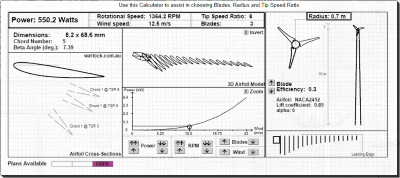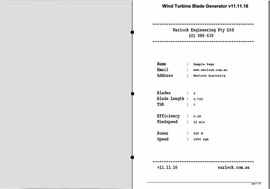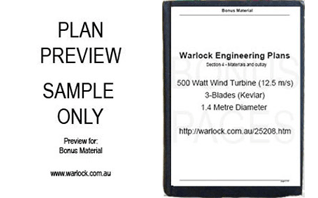
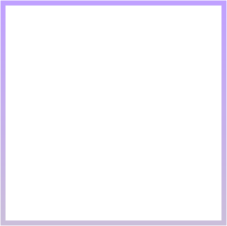
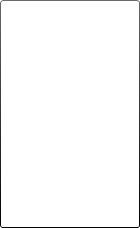
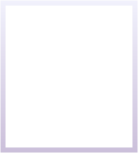



Frequently asked questions about plan orders, blade design, electrical work and generator matching can be found on our Q&A pages.



Questions and Answers
General comments about our computer generated wind turbine plans
This page is intended to help with common questions about our plans for wind turbine blades. The blade calculator will design blades for a generator you already own or have built.
The assembly of chord shapes is in numerical order, with the lowest chord number closest to the center and the highest chord number at the tip of the blade

We have 3 Question and Answers pages dedicated to specific topics
Topic 1
Topic 2
Topic 3
Ⅱ


Topic 2: Design Questions

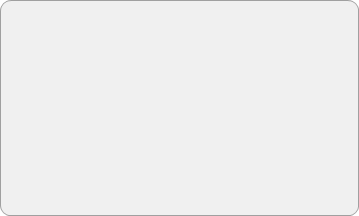
Question 1 (after purchase & delivery)
Hi Warlock, I bought some plans off you a short while ago and my blades are looking really good. Now this might seem like a silly question, but there is a small lingering doubt in regards to the direction of rotation.
Does the 'lift' face of the aerofoil face into or away from the wind?
Any info here would be most appreciated!
Regards, Chris
Regards, Chris
Question 1: Answer
Our 2 bladed projects have used a normal camber (leading edge is the rounded edge) and we have tried an inverse camber for the 3 bladed example (leading edge is the sharp edge). In all cases the side of the blade with the more shallow camber is facing the wind. The blade will actually spin if it is put on the wrong way, but only due to drag and will never start to generate lift.
A good (and serious) starting point to look at the effects of lift are; http://www.grc.nasa.gov/WWW/k-12/FoilSim/index.html .... and its surrounding contents.
I also enjoyed this simple wind tunnel experiment.
http://www.youtube.com/watch?v=RgUtFm93Jfo
http://www.youtube.com/watch?v=RgUtFm93Jfo
Your first turbine will look odd......you're probably going to build it and put it on in both orientations and that really is the best thing to do. Even if it takes off like a rocket, see what it does when it gets hit with a gust of wind from behind by trying the opposite way, be careful of electronics when doing so.
At a design TSR of 8, you can expect a big change in turbine speed over the range from TSR 6 to 9. The turbine will literally take off like a plane propeller and you need to be able to measure large changes in open circuit voltage with small changes in wind speed. A brake is essential for this and we found that by applying a much higher load (or dump-load) or pulsing a short circuit on the coils was most effective to slow the turbine if it was spinning too fast.
P.S. Make sure the root of the blade (first 1/3 from the hub) is reinforced well
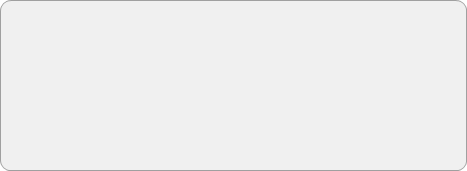


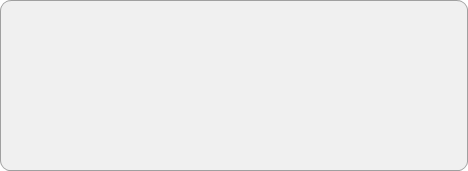
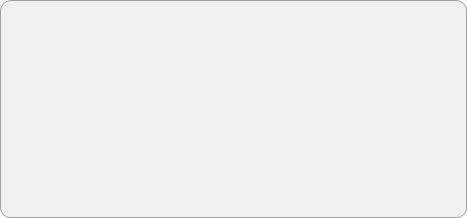
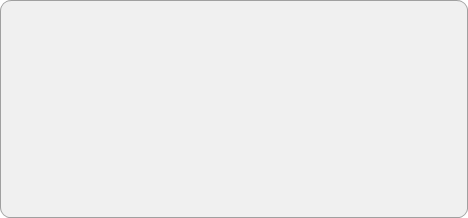
Question 2
... when choosing lower TSR,
the angle of attack for the various blade airfoil sections increases?
the angle of attack for the various blade airfoil sections increases?
Also, what about the efficiency? Moving to lower efficiency, what changes on the blades?
Many thanks in advance for your feedback, Michael.
The lower angle of attack will help with startup, generating power at lower wind speeds. Efficiency is lost in manufacturing. Choose a size for your blades that you can build accurately and this will increase the efficiency. Also make sure that the finished surface is smooth.
Question 2: Answer
Question 3 (after purchase & delivery)
Can you please send us only in ACAD format via this email?
Thank you. Regards, Besnik.
Thank you. Regards, Besnik.
Question 3: Answer
The wind turbine blade cross-section are generated in Portable Document Format. This allows the wind turbine plans to be printed to scale with free software. It was decided not to generate in AutoCAD as it is not free. Unfortunately, there is no easy way to convert PDF to ACAD format.


Question 4 (after purchase & delivery)
I get different beta angles when using the Wind Turbine Blade Calculator on your site than the one mentioned in the data sheet you sent me for the following turbine:
TSR = 7
Blades = 3
Efficiency = 0.3
Wind speed = 7 m/s
Blade length = 0.5 m
Blades = 3
Efficiency = 0.3
Wind speed = 7 m/s
Blade length = 0.5 m
For example, at 50mm (0.05m) the site lists an angle for beta = 37.6 deg. In the specs sheet you sent me, the corresponding angle is 4.875 deg.
Why this difference? Am I missing something?
Why this difference? Am I missing something?


Question 4: Answer
You might have noticed in the plans that chord sections 1, 2 and 3 progressively taper back to an angle of 0 degrees as the blade approaches the hub. There is also a gradual reduction in chord size. This is necessary to attach the blade to the hub or directly to a generator.
The 'theoretical' chord size is calculated using our software on;
www.warlock.com.au/bladecalc-abstract.htm
www.warlock.com.au/bladecalc-abstract.htm
| Radius (m) | Chord (m) | Beta (deg.) |
| 0.05 | 0.224 | 37.6 |
| 0.1 | 0.112 | 19.5 |
| 0.15 | 0.075 | 11.6 |
| 0.2 | 0.056 | 7.4 |
| 0.25 | 0.045 | 4.8 |
| 0.3 | 0.037 | 3 |
| 0.35 | 0.032 | 1.7 |
| 0.4 | 0.028 | 0.8 |
| 0.45 | 0.025 | 0 |
| 0.5 | 0.022 | -0.6 |
The 'theoretical' chord size for the second row matches 'chord section 4' in your plans. This is the largest chord used for this blade. The chord sections from chord 4 to 20 are also exactly the same as the ones calculated on the web page.
In practice, the remaining chord at 0.05 m is usually found to be too large to incorporate into the blade as it prevents it from easily being attached to the generator. For this reason, the 'practical' chord size and angle close to the generator are different from the 'theoretical' ones found by calculation.
Hope this helps
PS: If you wish us to provide the chord sections 1 to 3 at their theoretically calculated sizes and angles we would be happy to do so at no charge. It may require 28 days for manuscript editing but it is possible.
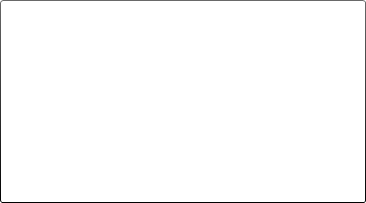


Question 5
Your blade calc is great piece of software although, I’m confused about some measurements and must ask about it:
1. When you say radius, do you mean radius of one blade or whole turbine?
2. When I put these parameters:
It says that blade in its root must be 2.562 m wide?! Is this some kind of error in calculations or what? Or i mismatched or misunderstood something? Is the width of the wing, right? If so, it would be strange if the wing length of 2.1 meters is 2.5 meters wide at the base?? Then it's a tent, not a wing of wind generator :)

The radius is the distance from the center outwards. For example, if the blade radius is 4.2 m, one blade is 4.2 m. The overall diameter (distance across) is 8.4 m. If the theoretical chord size is about 2.5 m at the root, this is almost impossible to build.
This is a THEORETICAL size for if you wanted to continue the shape all the way to the middle of the wing. Most blades don't do this and neither do we. We use the chord sizes generated by the software from the tip to as close as possible to the hub, but when they get too large (or too close to the center) we taper the chord size to fit onto the hub. This way we have a shape as close as possible to the theoretical for most of the blade except for the distance closest to the center. We have to make the center part of the wing smaller for convenience and this is the same with almost all wind turbine blades.
Question 5: Answer
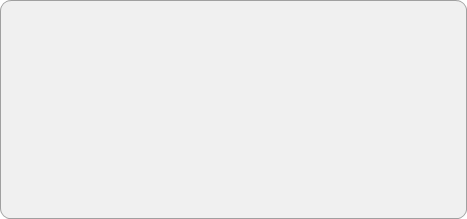
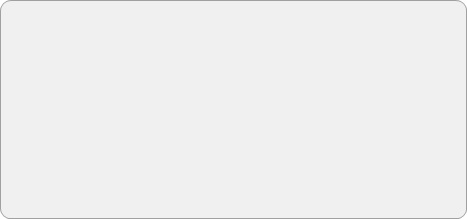
Question 6
Dear Sir,
Thank you for sharing your design for the 500 W turbine. I am very interested in building similar. I plan to build the blades first and would be very grateful if you could answer the following;
Thank you for sharing your design for the 500 W turbine. I am very interested in building similar. I plan to build the blades first and would be very grateful if you could answer the following;
- Our average wind speed is 11knts (20km/hr), would a T.S.R of 8 be okay?
- Approx what would start up speed be?
- How noisy are these blades as live in a suburban setting?
I am hoping to have tail furling before blade noise gets to loud.
- Approx what would start up speed be?
- How noisy are these blades as live in a suburban setting?
I am hoping to have tail furling before blade noise gets to loud.
To answer your question, the blades will spin at 20 km/h but the output will be very low (~50 W). Real power begins to be generated at 30 km/h and the blades begin to generate thrust. T.S.R. of 8 is OK but no higher, try to match the blade TSR to the generator RPM. The blades shown are not noisy even at 50 km/h and cannot really be heard above the noise of wind through trees and other objects
Question 6: Answer


Question 7
Question 7: Answer
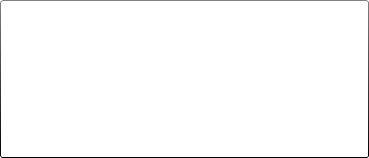

| Top Wind Turbine Articles |
| • 10 kW, 15 Phase Axial Flux Pancake Generator for 2-Blade Wind Turbine [HTML] |
| • 10 kW (13 m/s), 5 Metre Diameter Carbon Fibre Blades for Wind Turbine [HTML] |


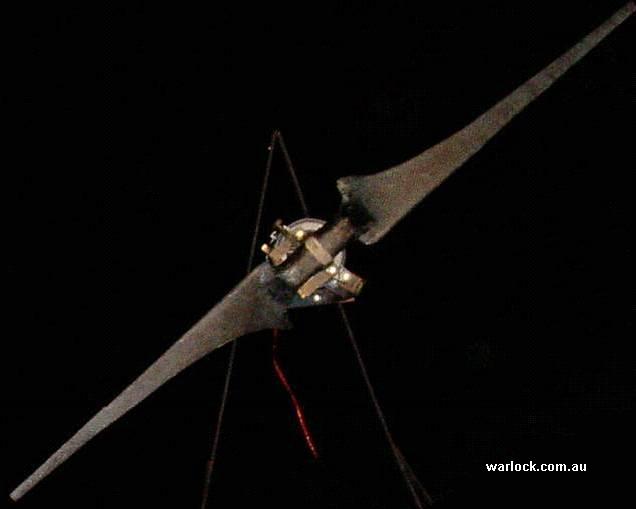

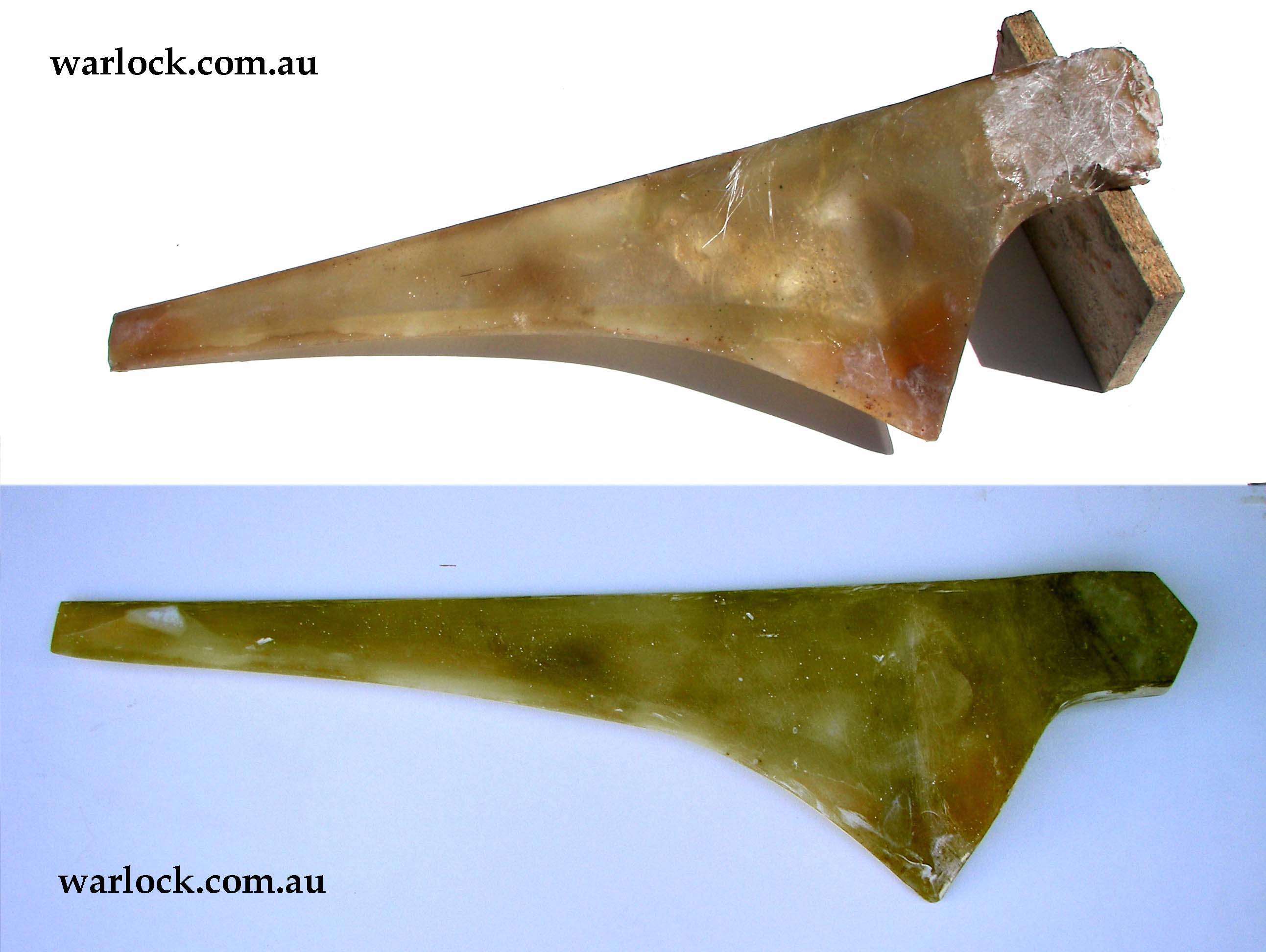
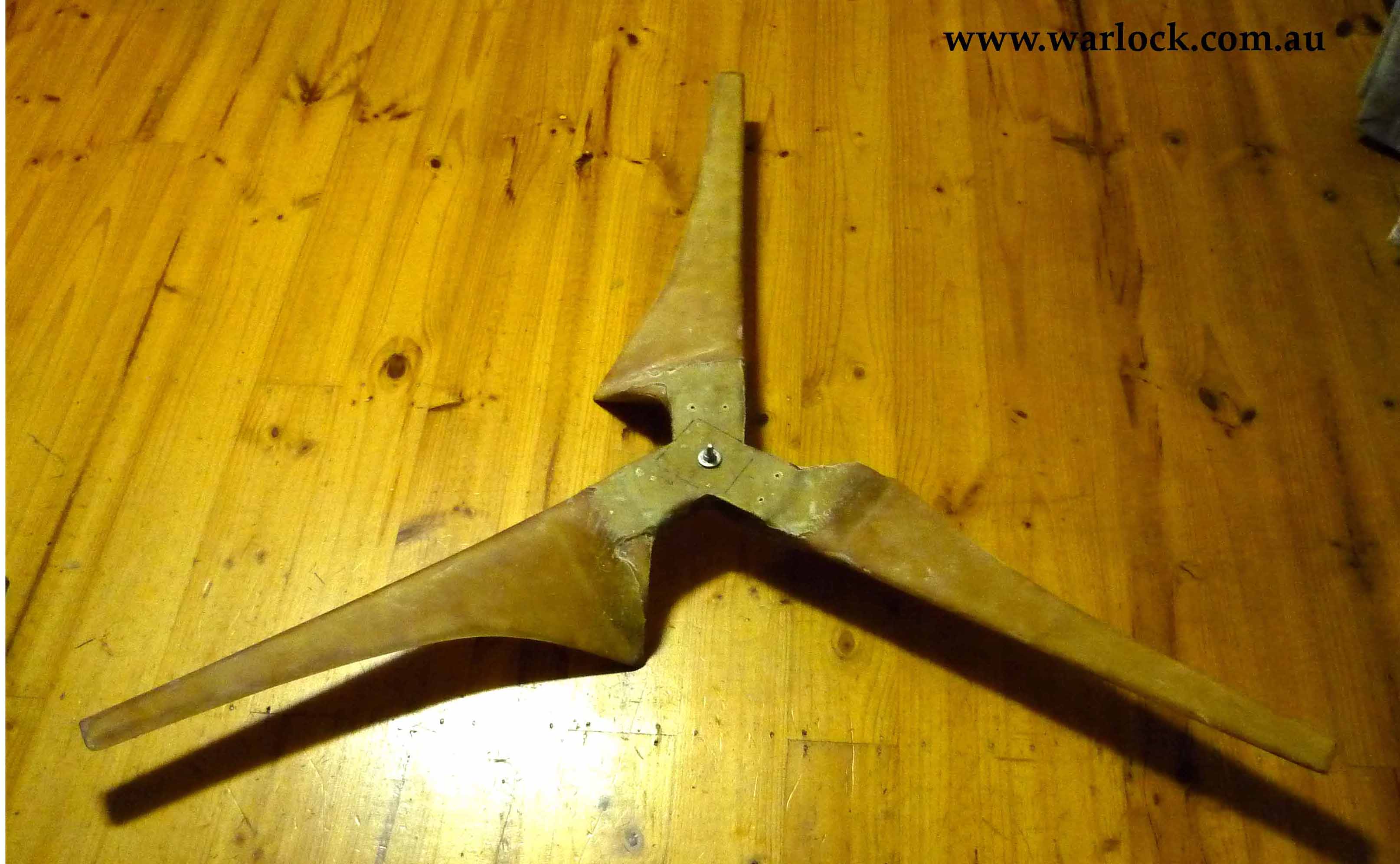
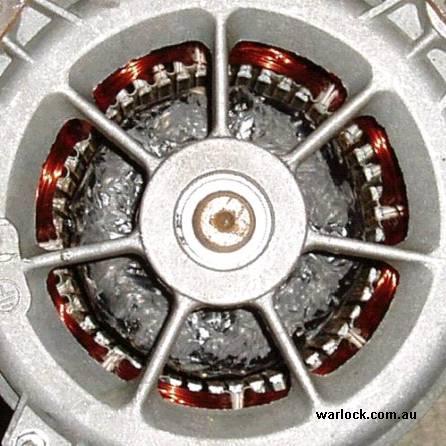


SPONSORED ADVERTISEMENT

Generate FREE sample chord sections between
0.70 to 0.80 m (550 Watts to 710 Watts).
0.70 to 0.80 m (550 Watts to 710 Watts).
Design custom blades for your generator
Free sample chord sections can be generated for 0.70 m to 0.80 m blades (550 Watts - 710 Watts).

Free plans for 500 W blades with each purchase.
Design custom blades for your generator and calculate power output at each wind speed.
TSR = 6
Blades = 3
Efficiency = 0.35
Wind speed = 14.4 km/h
Blade length = 4.2 m
Blades = 3
Efficiency = 0.35
Wind speed = 14.4 km/h
Blade length = 4.2 m
Can you help us design a turbine blade that is efficient and safe to meet the requirements of EN 61400?
The structural requirements are specific to your location. You may need to follow a procesure given in the standards documentation and verify the physical strength: WG8 Full Scale Structural Testing of Rotor Blades for WTGS; (from "http://www.awra.org/standards/iec_stds.html")
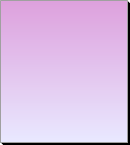
Q&A
Topic 2
Design
Questions
Topic 2
Design
Questions



